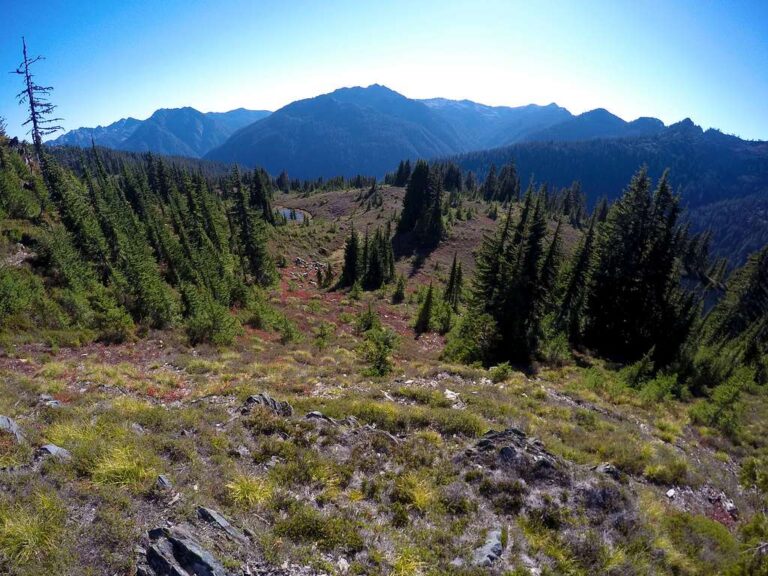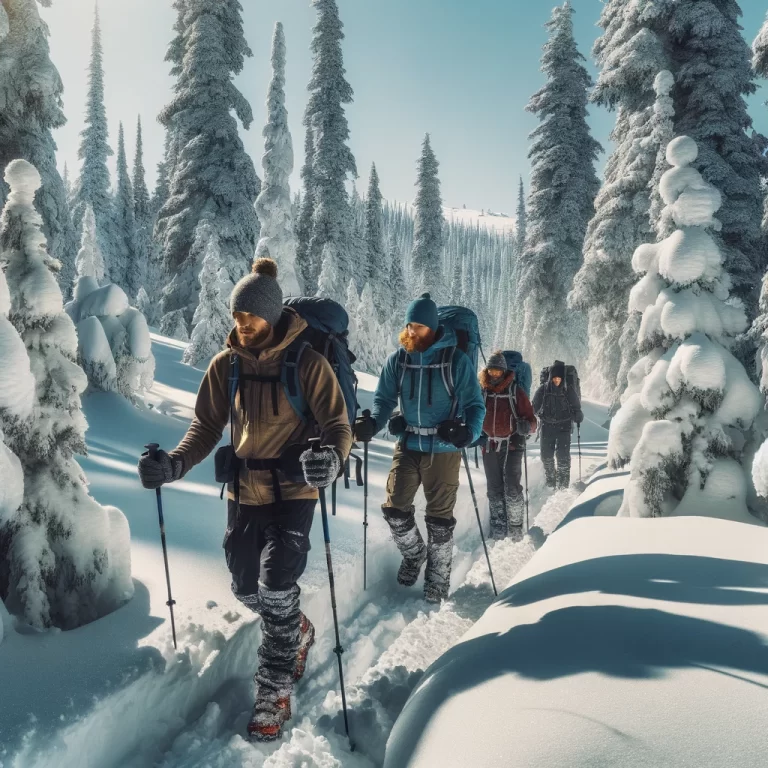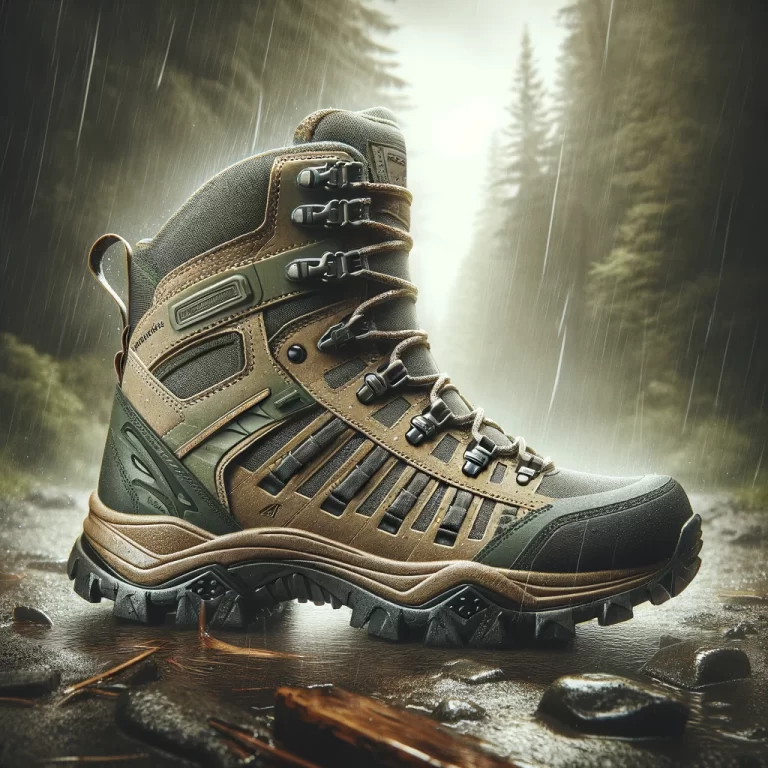Hiking in the majestic Cascade Mountains is an experience that draws outdoor enthusiasts from around the world. The stunning vistas, lush forests, and challenging terrains offer an unforgettable adventure. However, tackling these trails requires more than just physical stamina and mental grit; it also demands attention to nutrition. “Hiker hunger,” a term familiar to long-distance hikers, refers to the intense hunger caused by the prolonged physical activity of hiking. In this blog post, we’ll delve into how to manage and fuel this hiker hunger while exploring the beautiful Cascades.
Understanding Hiker Hunger
Hiker hunger is your body’s response to the increased energy demands of long-distance hiking. When traversing the rugged paths of the Cascades, your body burns a significant number of calories, and it’s crucial to replenish that energy to maintain strength and endurance.
Fueling Up: Nutrition on the Trail

1. High-Calorie Foods
Opt for high-calorie, nutrient-dense foods to satisfy hiker hunger without overloading your pack. Nuts, seeds, dried fruits, and energy bars are excellent choices. They provide a healthy mix of fats, proteins, and carbohydrates, offering sustained energy release.
2. Balanced Meals
While snacks are important, don’t skip on balanced meals. Pre-packaged dehydrated meals are lightweight and easy to prepare. Look for options with a good balance of protein, carbs, and essential vitamins.
3. Stay Hydrated
Hydration is crucial. Water sources in the Cascades can be intermittent, so carry a water filter and know where to find water along your route. Also, consider electrolyte supplements to replenish salts lost through sweat.
4. Trail Cooking
If you’re camping overnight, a portable stove can broaden your food options. Simple pasta, rice dishes, or even a hearty soup can be incredibly satisfying after a long day on the trail.
Planning Your Food
1. Calculate Your Needs
Estimate your calorie needs based on distance, trail difficulty, and personal metabolism. A general guideline is 2,500 to 4,500 calories per day, but this can vary greatly.
2. Pack Smart
Balance between variety and practicality. Repetitive meals can become unappetizing, reducing your caloric intake. Include treats or flavored drink mixes as morale boosters.
Listening to Your Body
Your body will signal what it needs. Cravings often indicate nutritional deficiencies – if you’re dreaming of oranges, perhaps you need more vitamin C. Listen to these cues.
Post-Hike Recovery
After completing your hike, focus on recovery. Meals rich in protein and carbohydrates help repair muscles and replenish energy stores. Don’t underestimate the need for a good, balanced meal post-hike.
Hiking in the Cascades is a thrilling experience, but it’s essential to manage hiker hunger effectively. Proper nutrition is key to enjoying these trails sustainably and safely. Remember, food is not just a necessity on the trail; it’s a source of comfort and enjoyment. Plan your meals thoughtfully, listen to your body, and your time in the Cascades will be as nourishing for the body as it is for the soul. Happy hiking!





